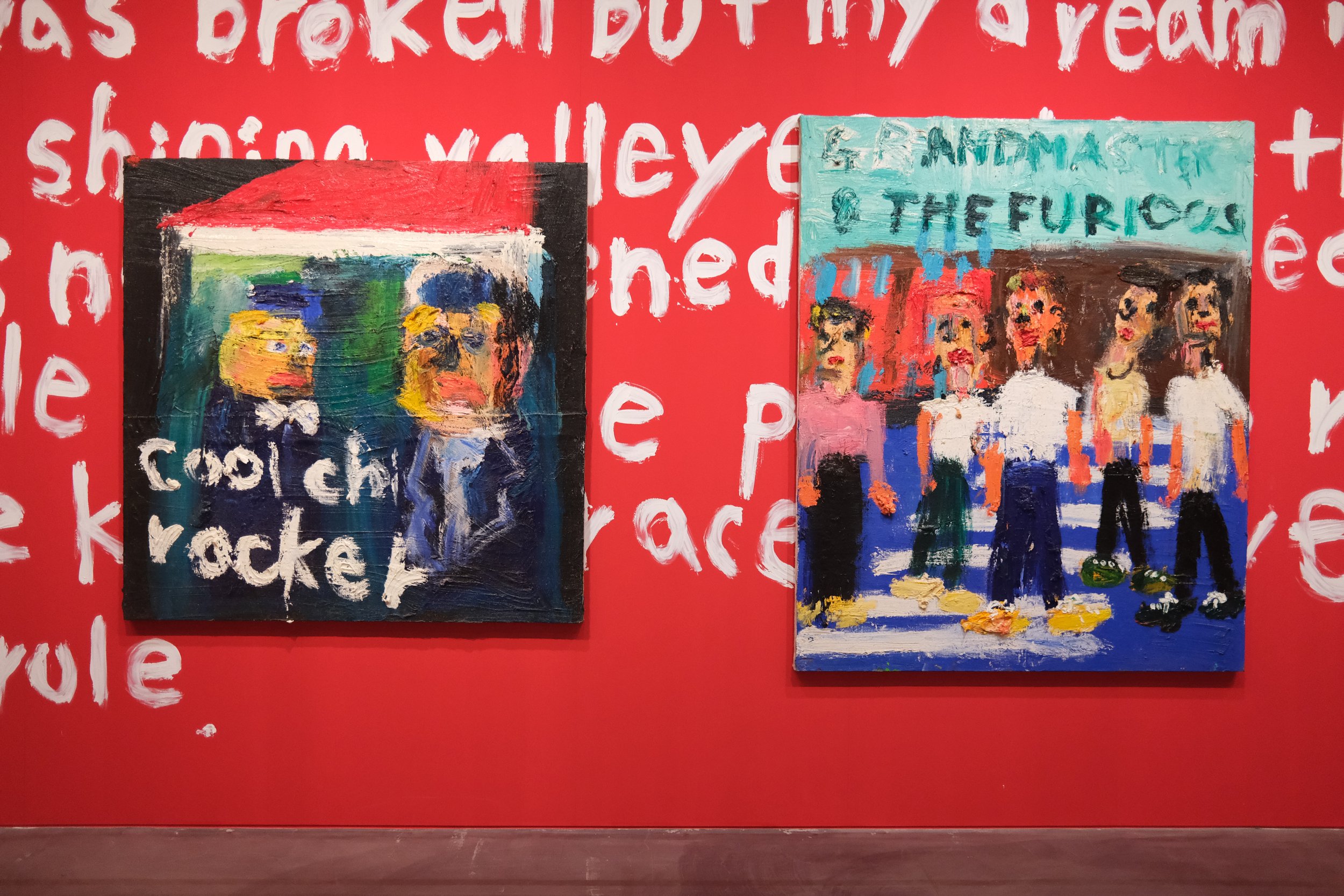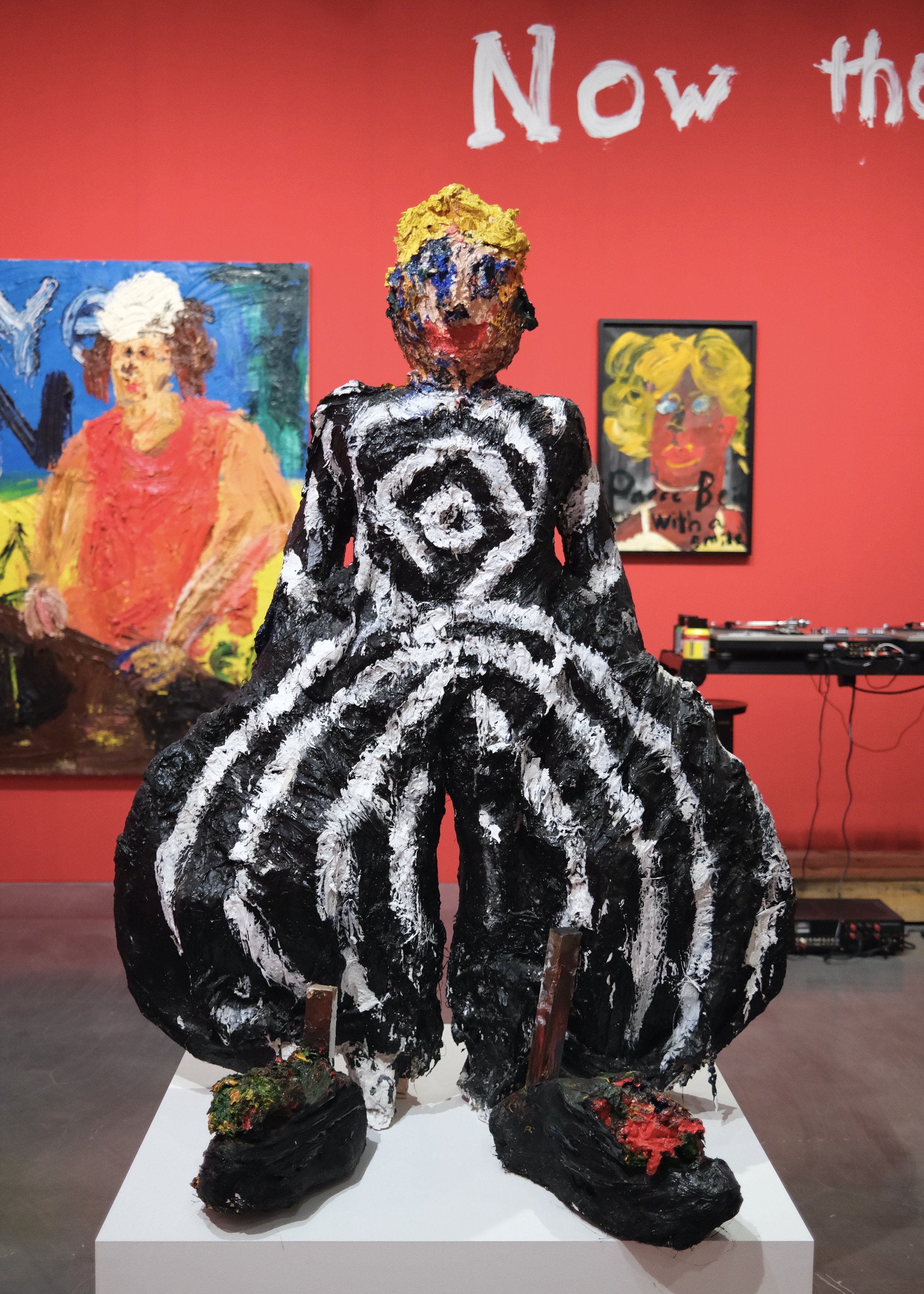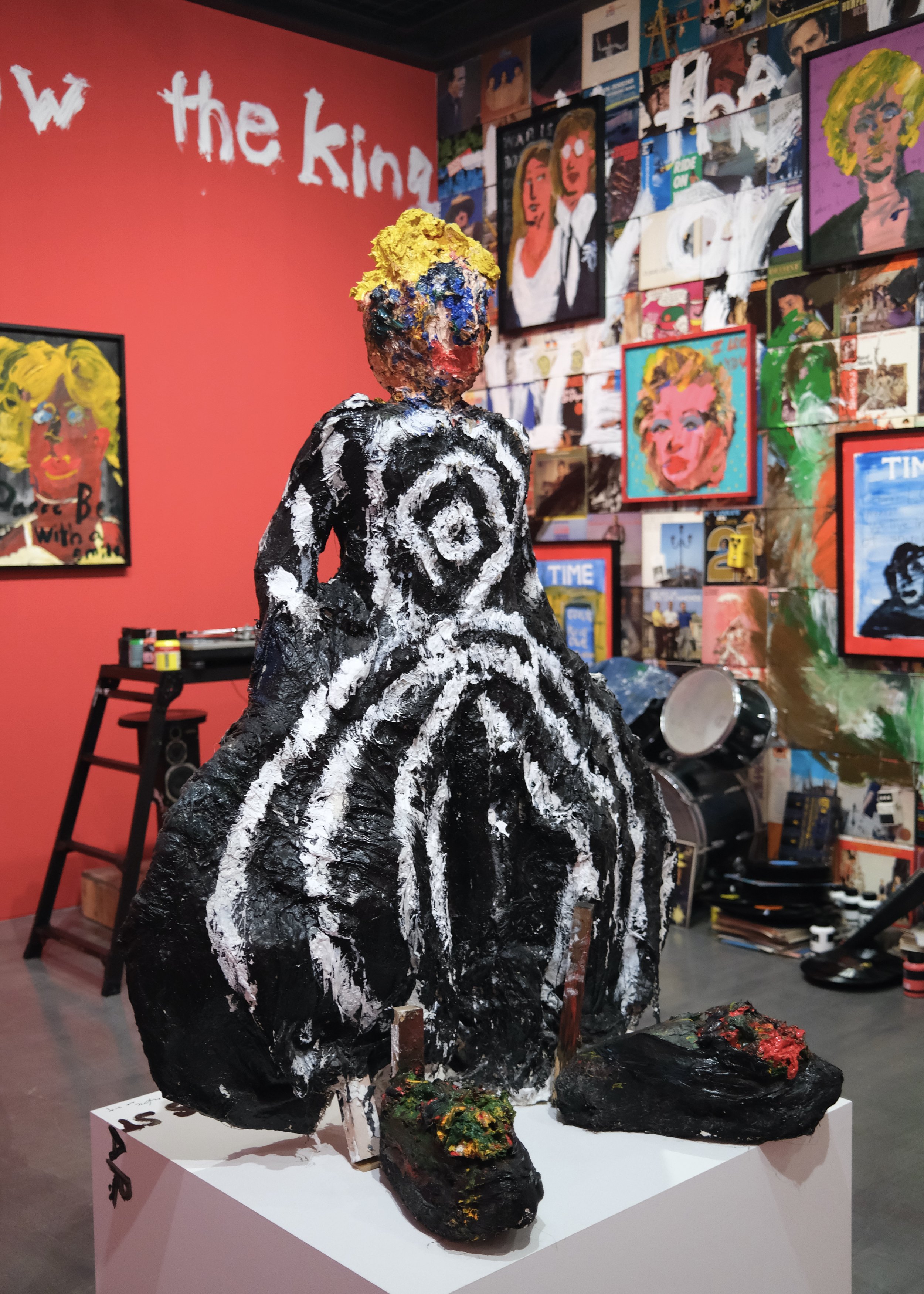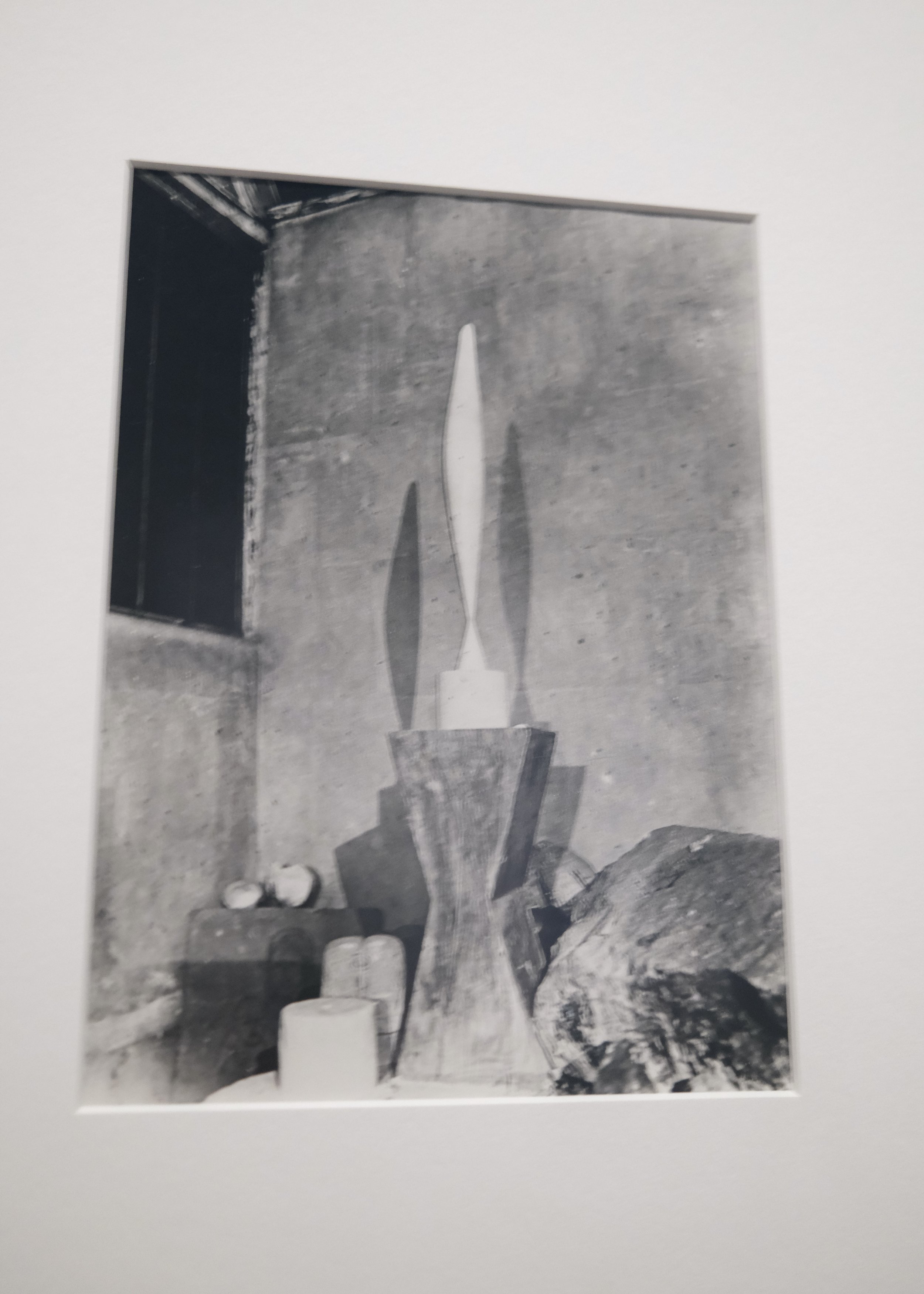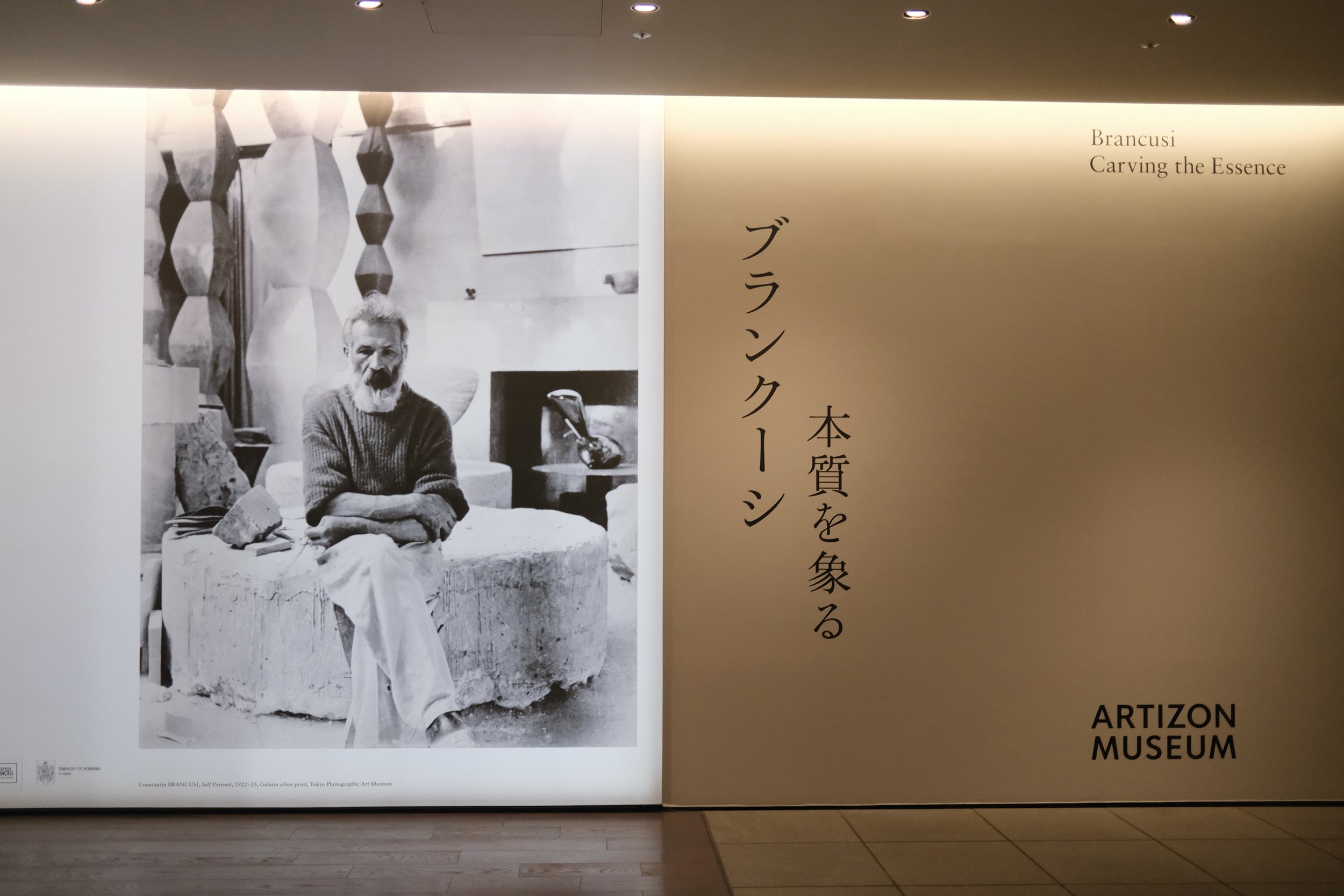水戸部七絵 / Nanae Mitobe - People Have The Power
Artizon Museum - Permanent collection
https://www.artizon.museum/
Tokyo
Brancusi: Carving the Essence
March 30 [Sat] - July 7 [Sun], 2024
Artizon Museum, Tokyo
Rei Nakanishi - 「表層の季節」
GINZA TSUTAYA BOOKS
May 18 - June 5th, 2024
Andy Summers Photography: A SERIES OF GLANCES
Leica Gallery Tokyo
5 April to 7 July 2024.
Installation view of Matthew Barney - SECONDARY: commencement
LOOK INSIDE A New History of Western Art
Ekphrasis page 128
One final concept from Greek antiquity that deserves some explanation here, even though it is not directly related to art theory, is ekphrasis (Exparis or descriptio in Latin) meaning an artful description. Ekphrasis was a standard part of the progymnasmata, the exercises given to students of rhetoric. Would-be orators had to describe a sculpture or painting as vividly and accurately as possible, so that the visual narrative they created would allow their audience to form a clear idea of the work. Theorists of rhetoric were quick to appreciate this ability to 'speak to the imagination'. Ekphrasis had a substantial impact on art in the Renaissance as it enabled the artists of the time to work in the opposite direction. Knowledge of antique art was limited in the fourteenth and early fifteenth centuries, not only outside Italy but within the birthplace of Renaissance art itself. Barely any trace had survived of paintings from antiquity; all that remained of Zeuxis and Apelles' masterpieces were the beautiful descriptions of Horace and Pliny, and so their texts, along with those of other authors, began to be used in an attempt to reconstruct antique art. The translation from image to word was thus reversed, as words were turned back into images. The so-called Calumny of Apelles - a description of an allegorical composition by the most famous Greek sculptor - is an example as striking as it is well known. The painting was described by Lucian and was drawn and painted by numerous Renaissance masters, including Botticelli, Mantegna, Raphael and Bruegel.
NEW HISTORY OF WESTERN ART
Chapter 2 Art as Idea page 122
Thinking about art has been dominated by the concept of 'mimesis' since antiquity. Freely translated, the ancient Greek term refers to the 'imitation' of nature which human beings sought to recreate in their art until well into the nineteenth century. The degree to which the creator succeeds in this goal has always been one of the most important benchmarks for the quality of the work of art. Successful mimesis resulted in what the Greeks - who did not have a word for visual artworks - called mimemata (singular mimema: the result of imitation). The concept is of the utmost importance to any understanding of Western art history. Mimesis was the focus of Western visual culture from the antique era until the paradigm shift of Impressionism and its offshoots began to undermine the principle from the latter part of the nineteenth century. No artist before then had dared to produce art that did not consider nature its ultimate model. To this day, many people still judge a work's merit in terms of its mimetic qualities. Consequently, the principle of imitation was at the forefront of the artist's possibilities and limitations for centuries. The techniques of oil painting and linear perspective, for instance, did not just develop out of nowhere but were vital steps in the ancient quest for perfection in the emulation of reality that has typified Western art. Even more than that, the notion that art is essentially an imitation of nature actually fed through over time into the visual culture of non-Western religions and cultures. The ancient Greek concept played an active part, for instance, in the visualisation of Buddhism, whose founder was represented symbolically during the religion's first centuries (up to the fourth century BCE). It was only after Alexander the Great's conquests in the Indus Valley that the Buddha began to be depicted as the idealised human figure we know today [2.6]. Mimesis might thus appear simple and self-evident at first sight, yet it is far from being so. Simulating what we see is not a straightforward process. The term itself is not unambiguous either and has undergone various shifts in meaning since ancient times. Over the centuries, mimesis became an umbrella concept taking in ideas such as imitation, representation, similitudo, simulacrum and prototypum. If we delve more deeply into the phenomenon, which is precisely what occurred in antique Greek culture, emulation proves to be highly complex. Artists can, for instance, imitate nature in an idealised way by seeking to perfect it, but they can also strive for a 'photographic' realism [2.7, 2.8] or give free rein to their creativity and imagine things that cannot be imitated, as they do not actually exist. The centaurs on the famous Parthenon frieze [2.9 ] appear lifelike, but these hybrid mythological beings - half human, half horse - are obviously a product of human imagination.












